I decided to create this post to document my personal quest to travel all the 81 Provinces or States in my home country Philippines.
Have you traveled to some of the 81 provinces in the Philippines, or have any of these intriguing tourist destinations been on your bucket list? No island in the Philippine Archipelago lacks natural beauty, making it difficult to decide where to visit first. The 81 provinces that make up the Philippines are divided into three main island groups namely Luzon, Visayas, and Mindanao. To be able to go to all 81 of these provinces has been one of my personal travel goals.
The phrase “Project 81” in the Philippines has lately been used to refer to touring all 81 provinces in the Philippines. Many tourists want to complete this accomplishment, whether it be from North to South in one trip or wherever at their own speed. Everyone has different motivations and goals, but one thing is certain: we want to see the Philippines’ natural splendor for ourselves.
Below is a list of all the provinces I’ve visited in the Philippines, currently at 50 out of 81.
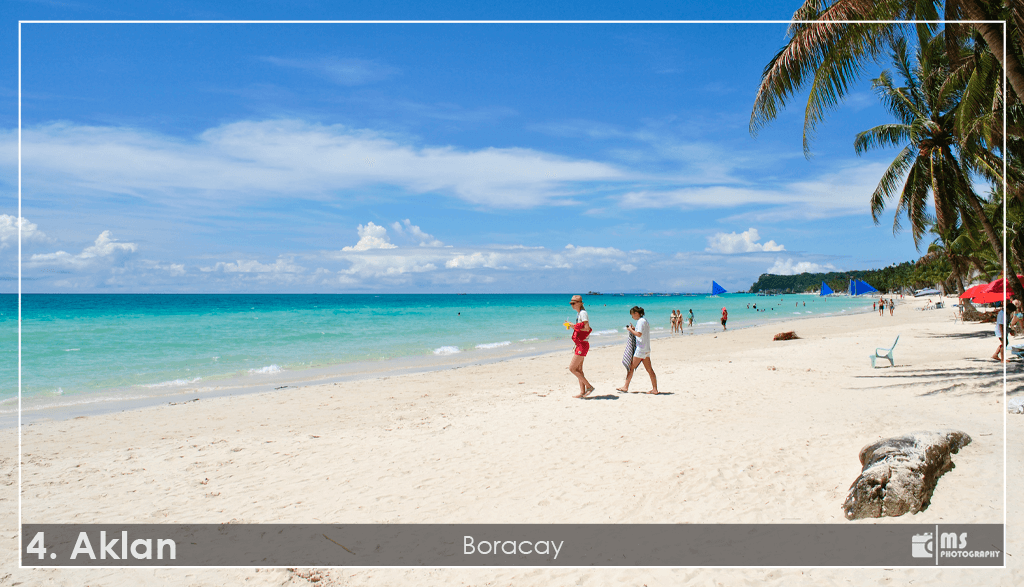
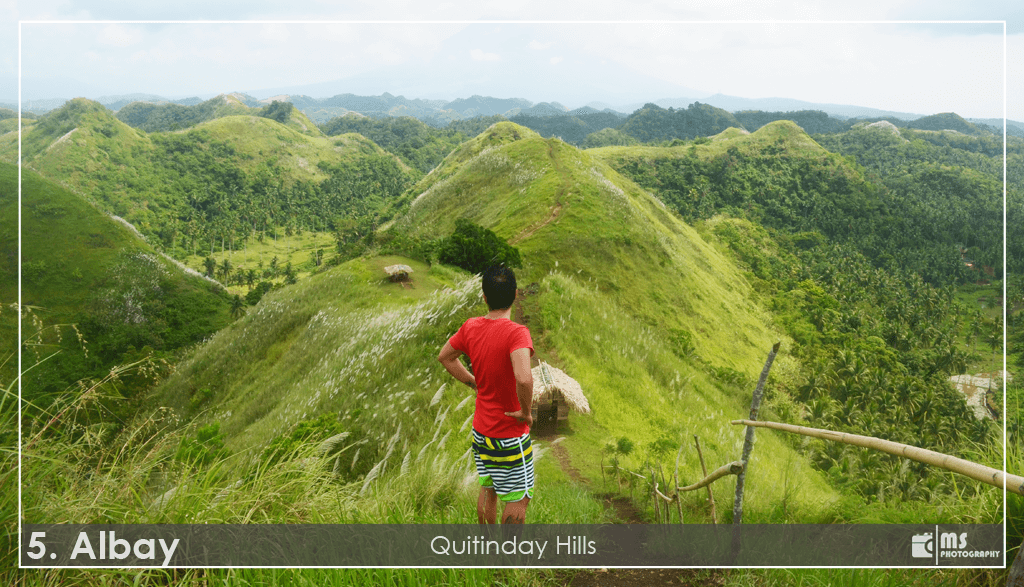


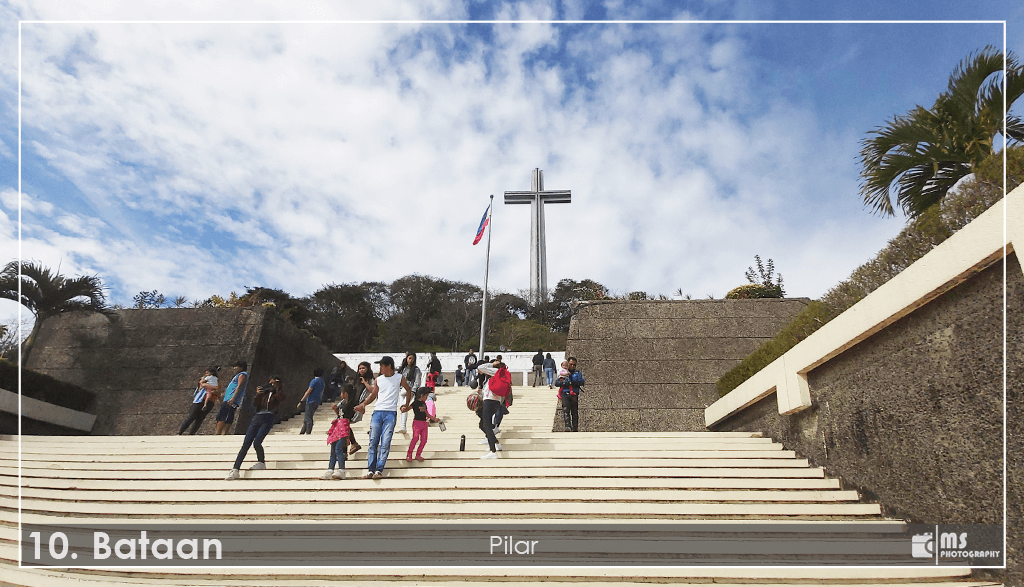
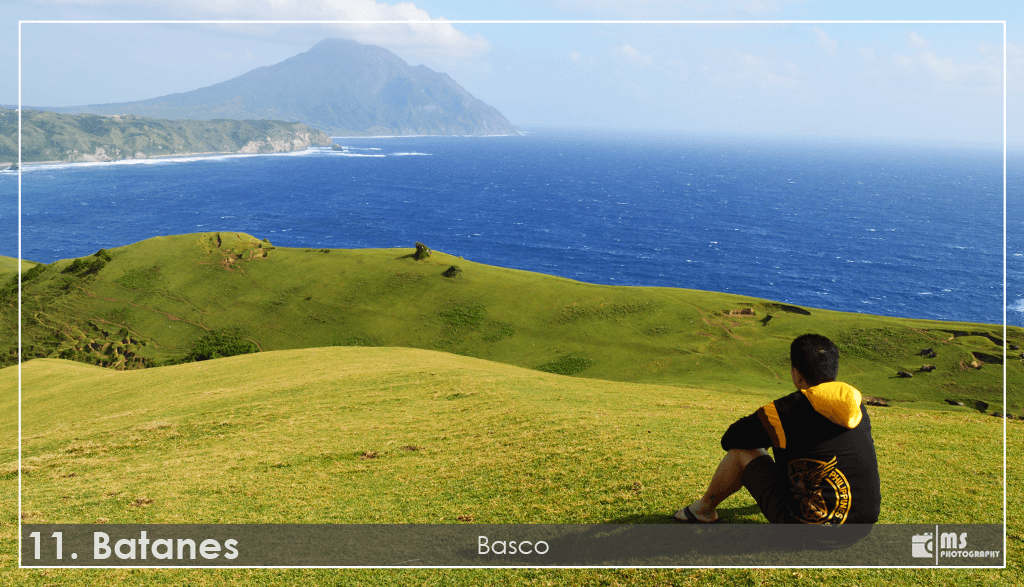
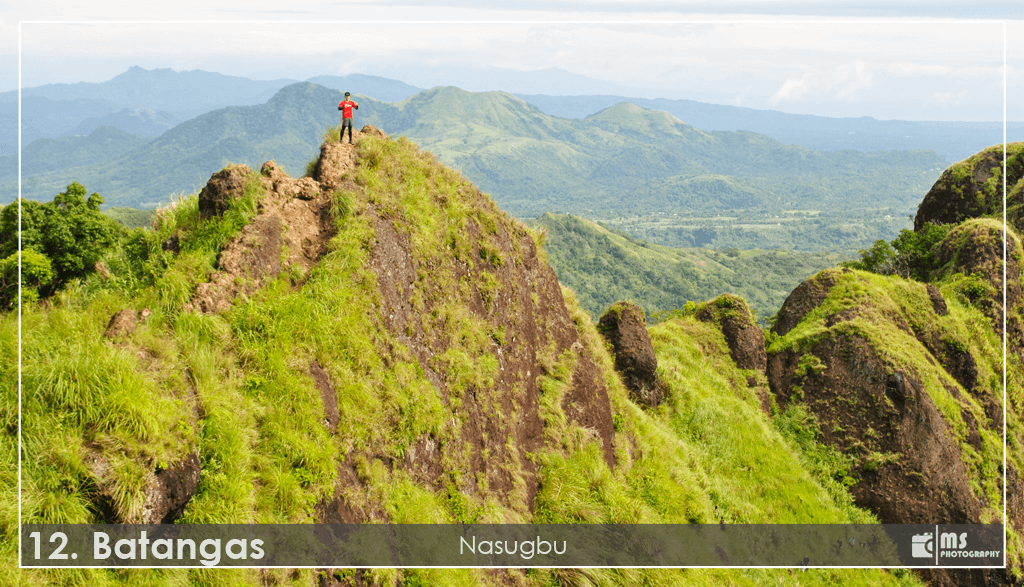
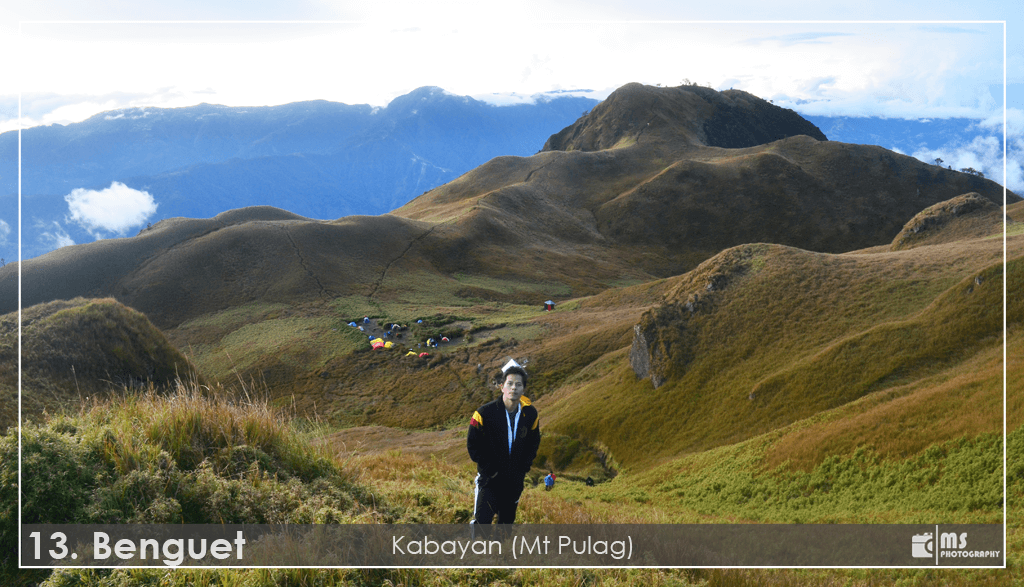
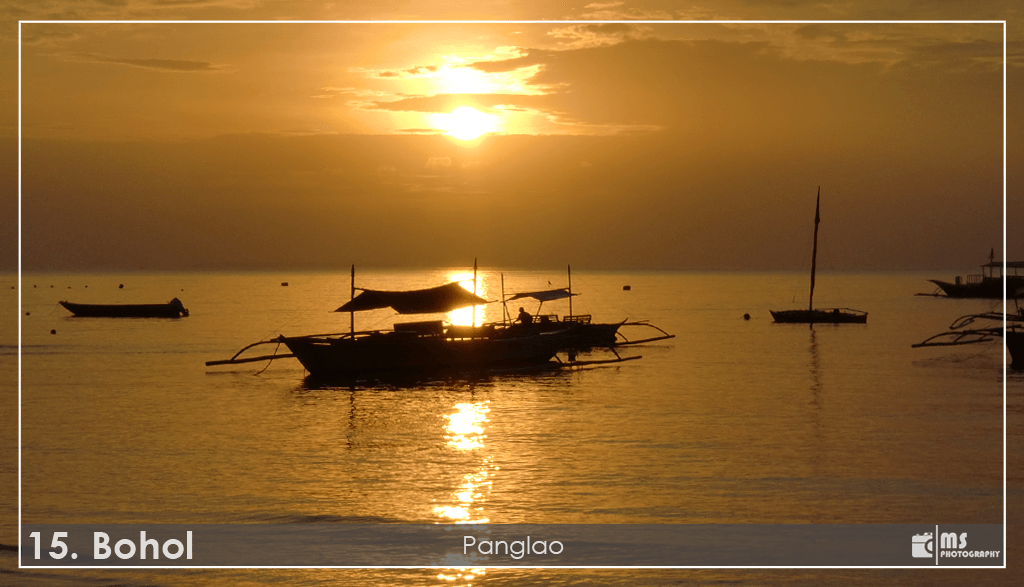
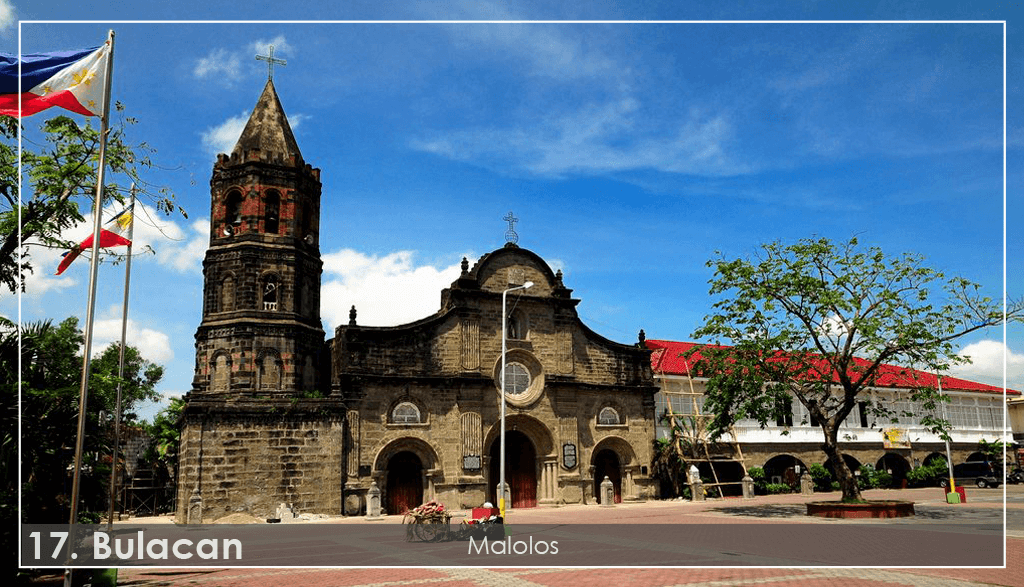
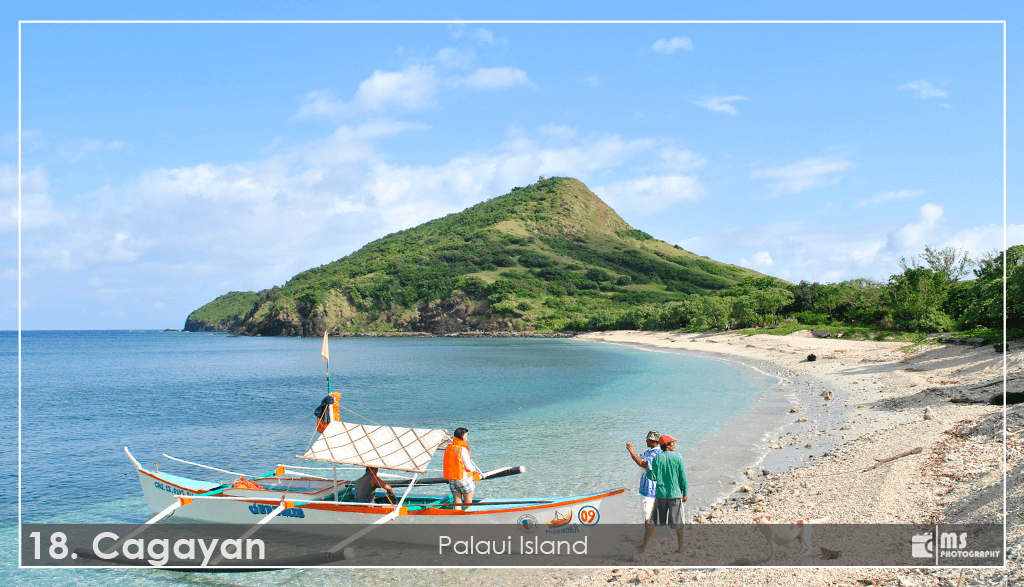
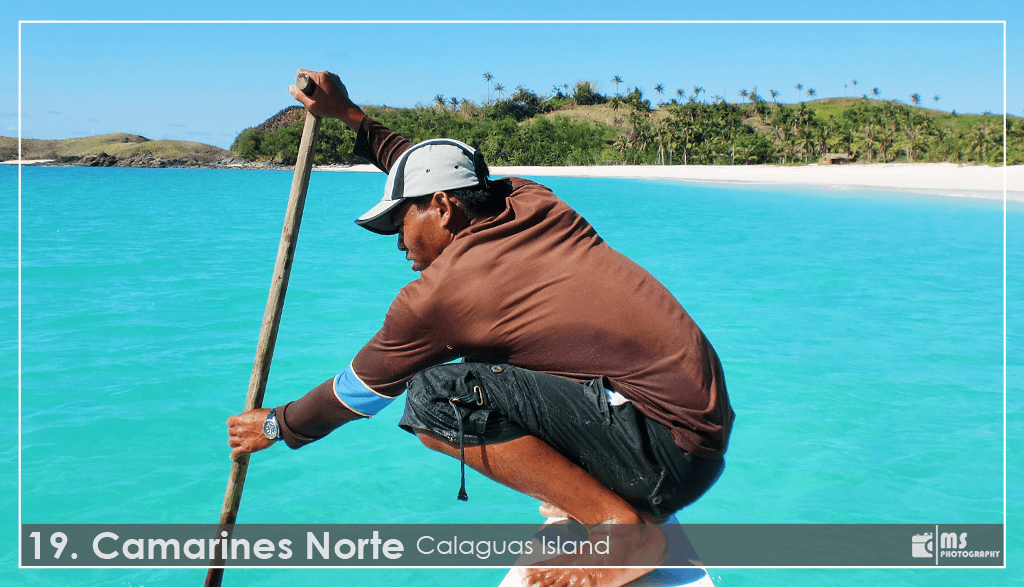

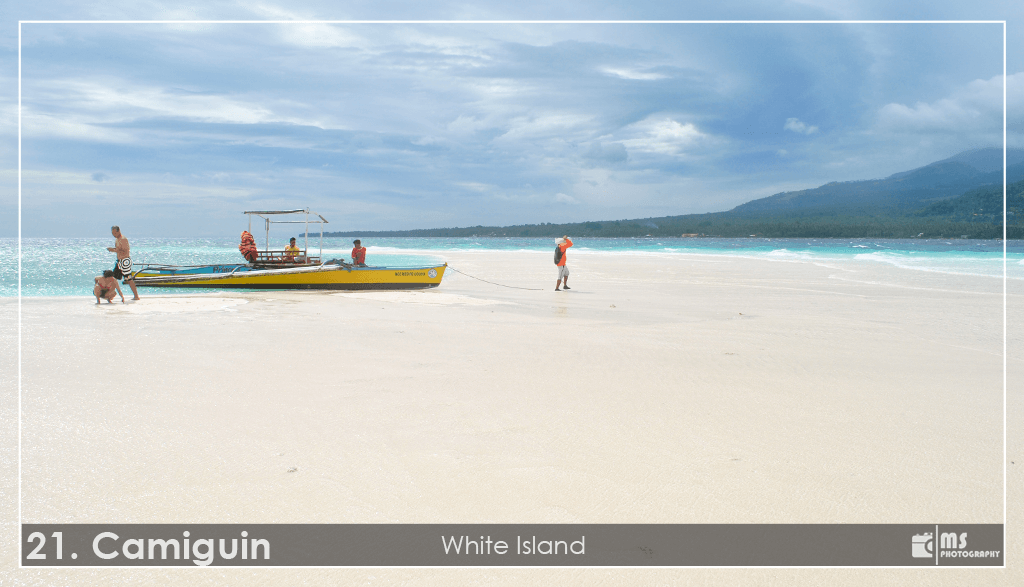
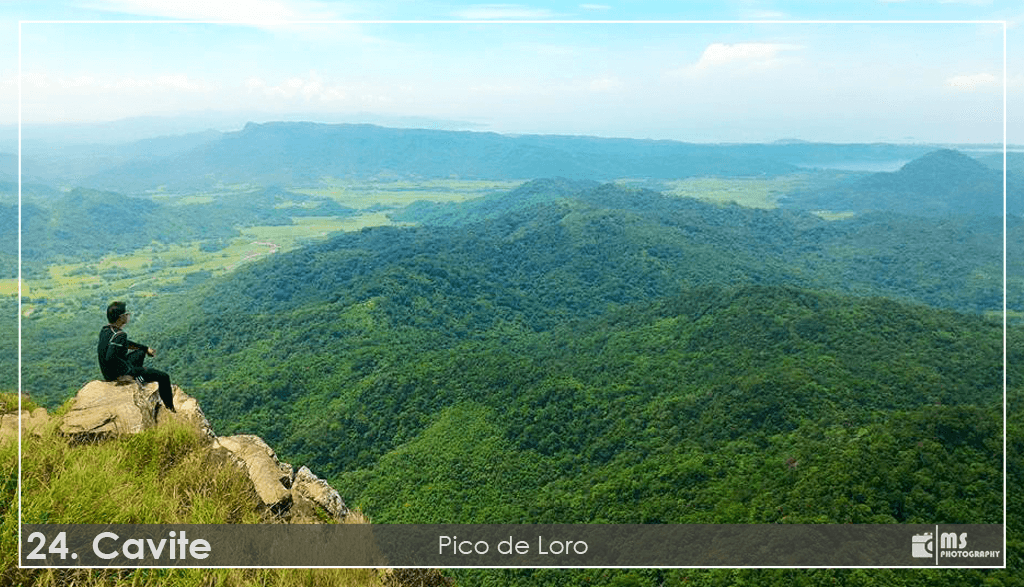
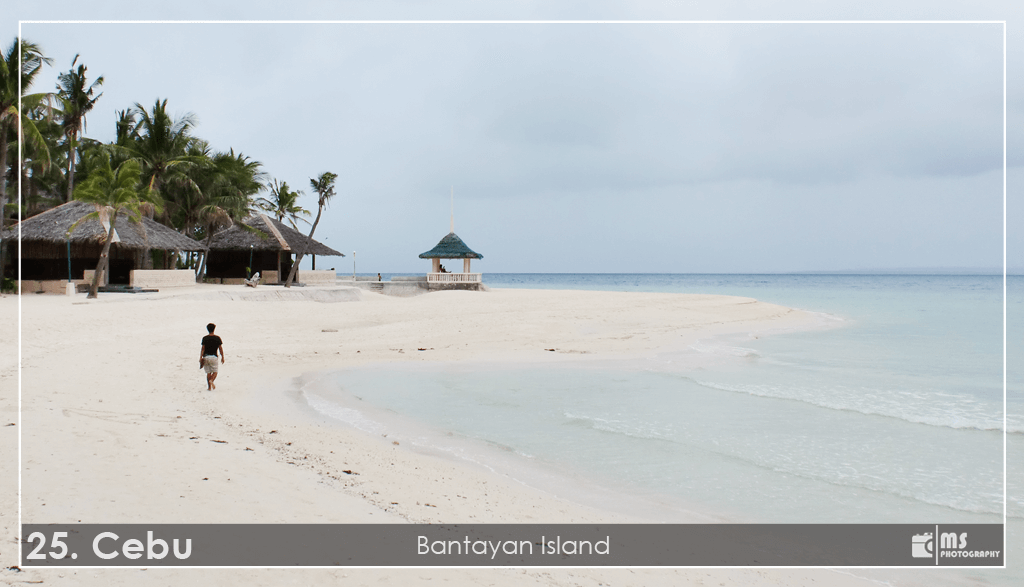

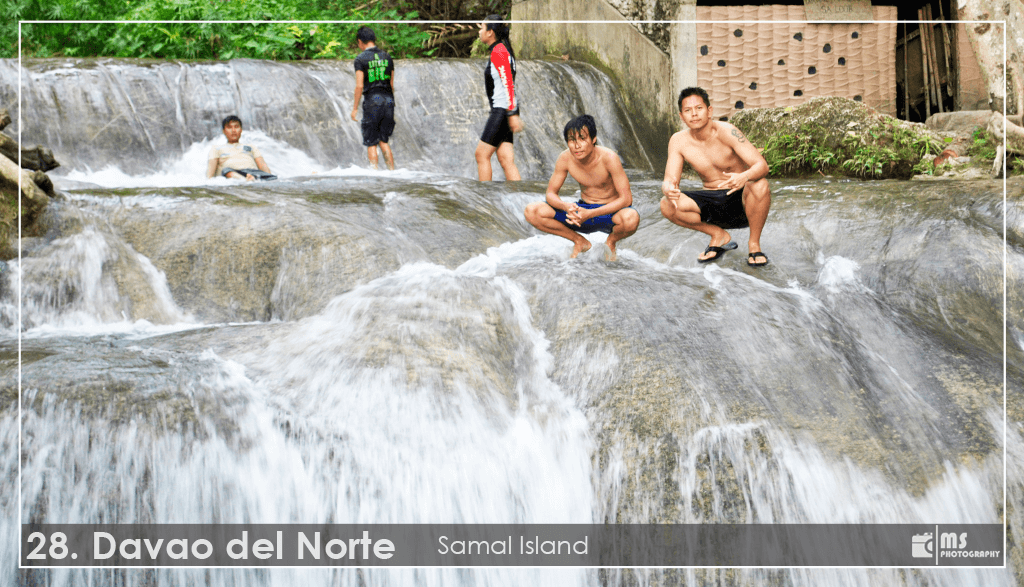


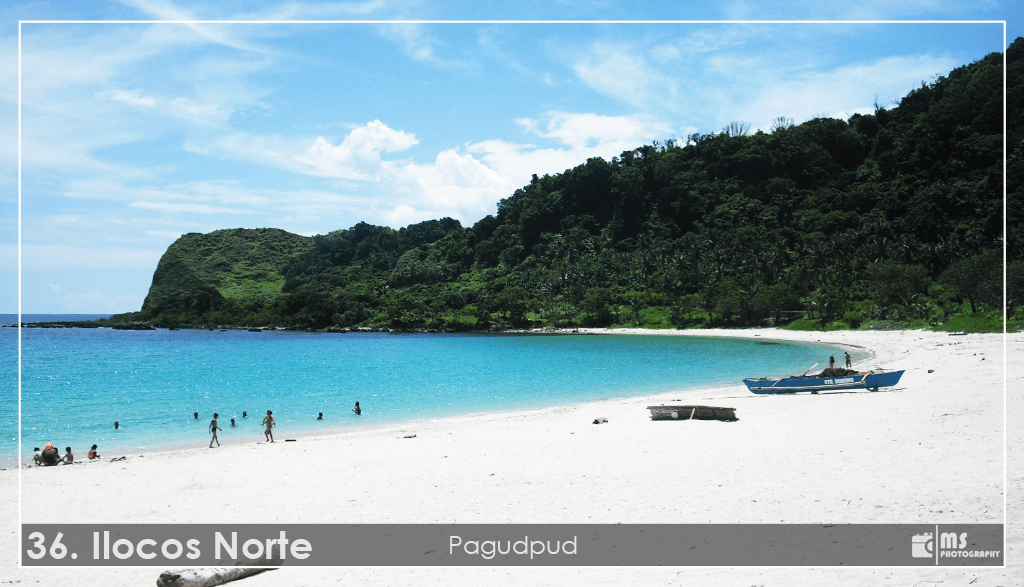
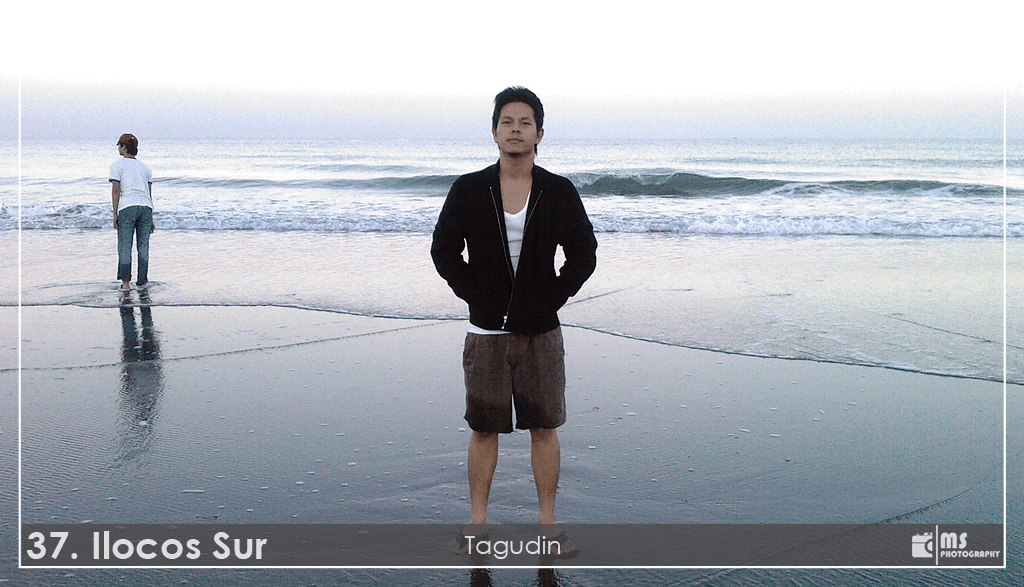
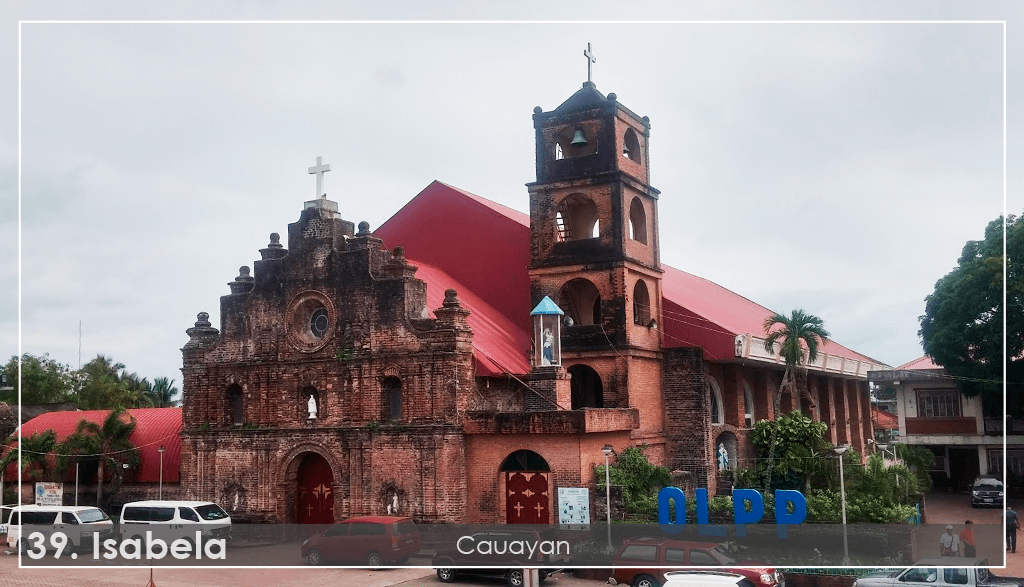
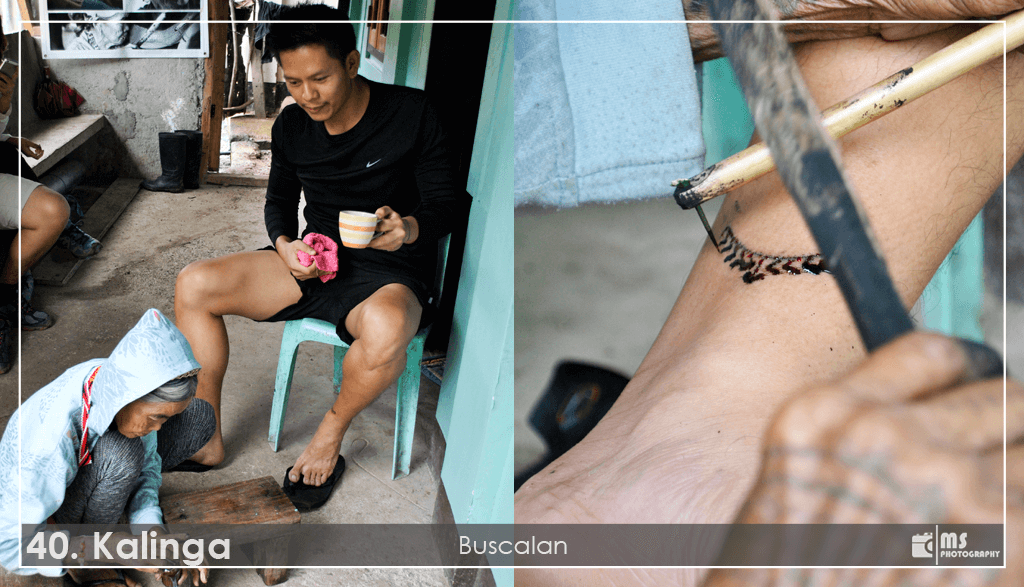
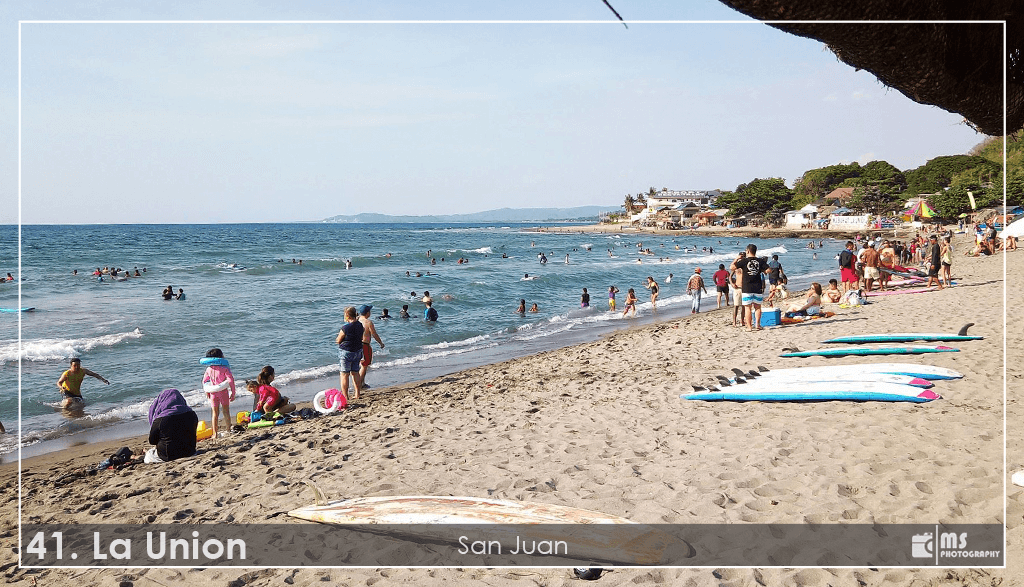
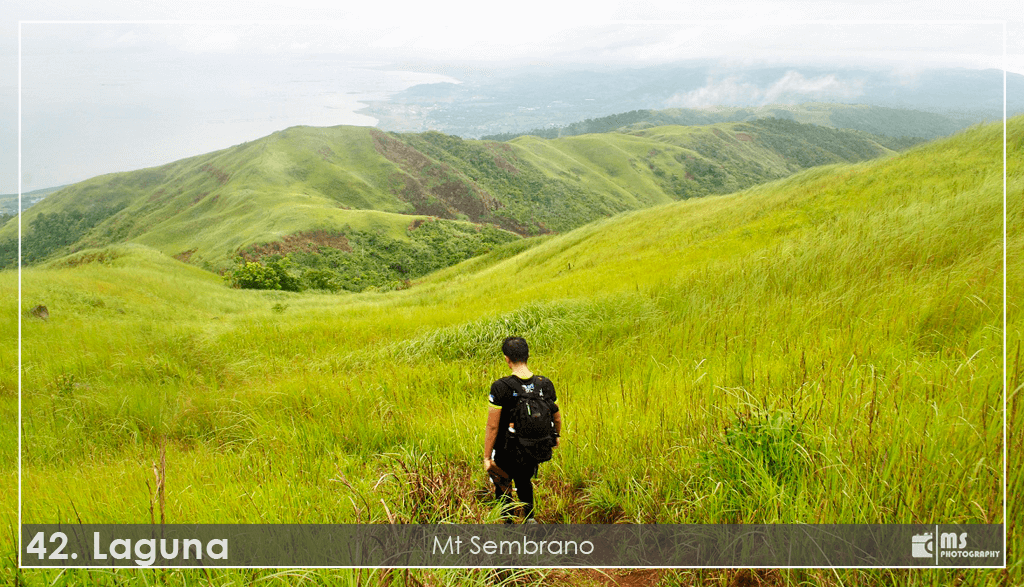
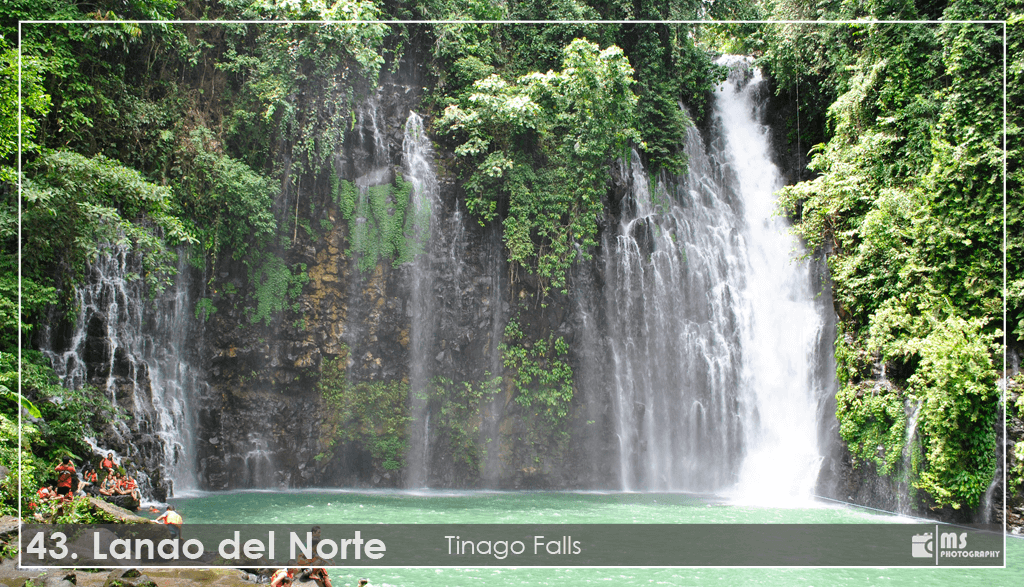

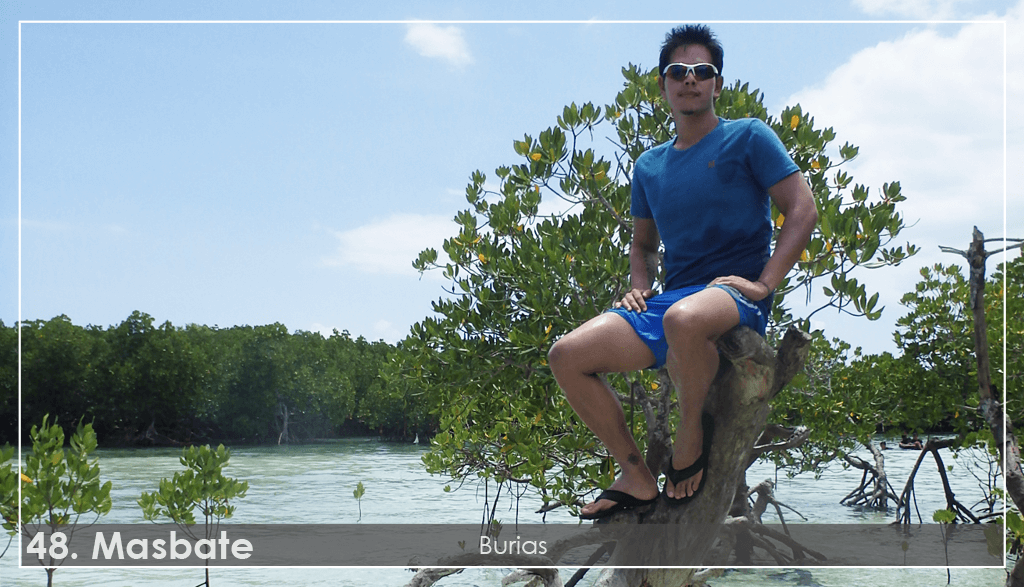
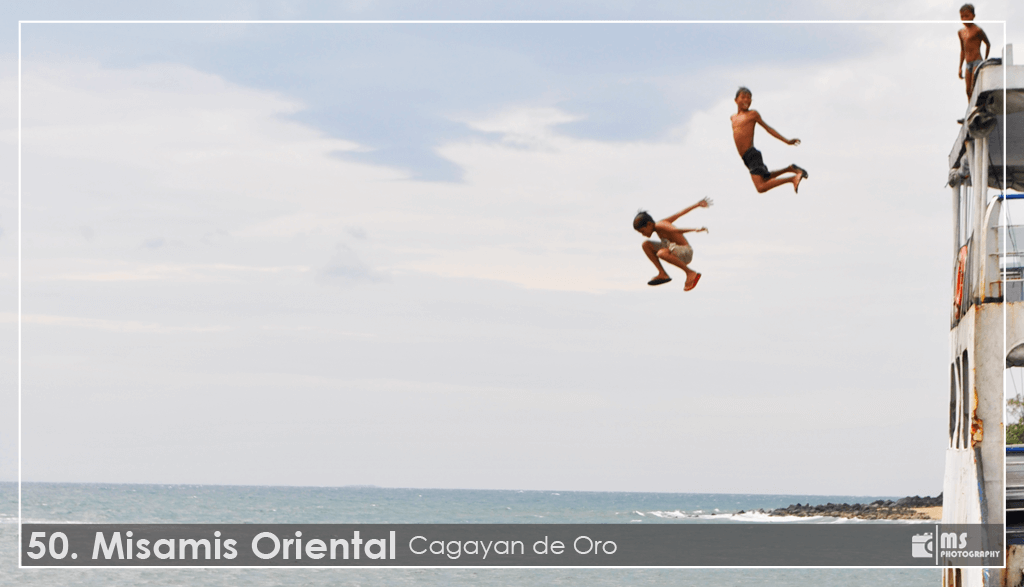
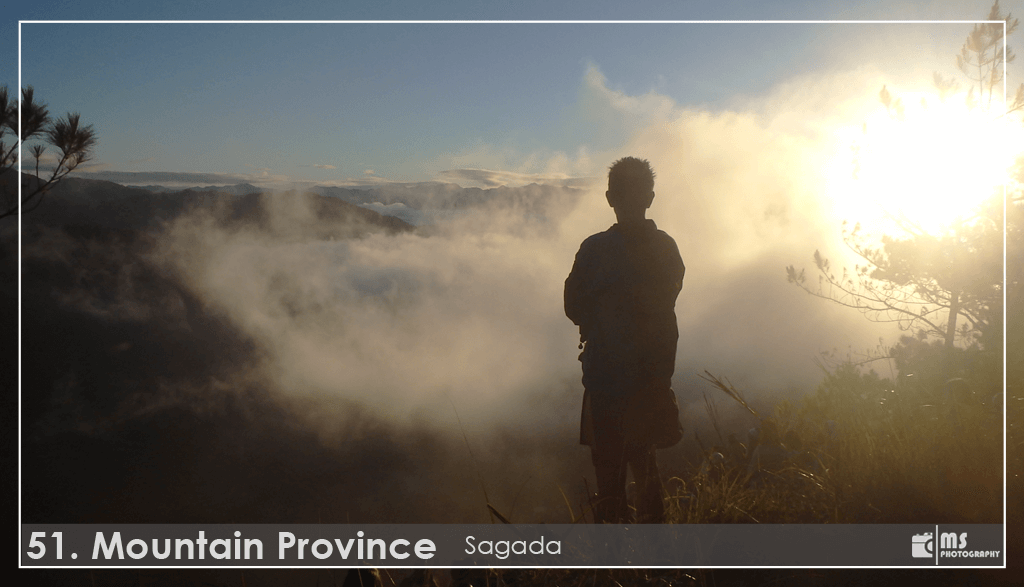
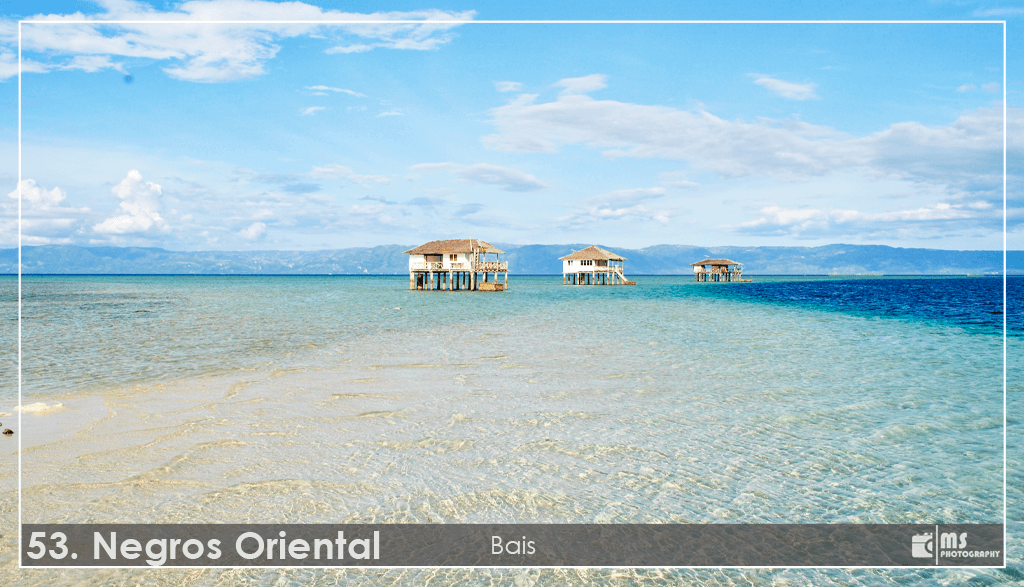
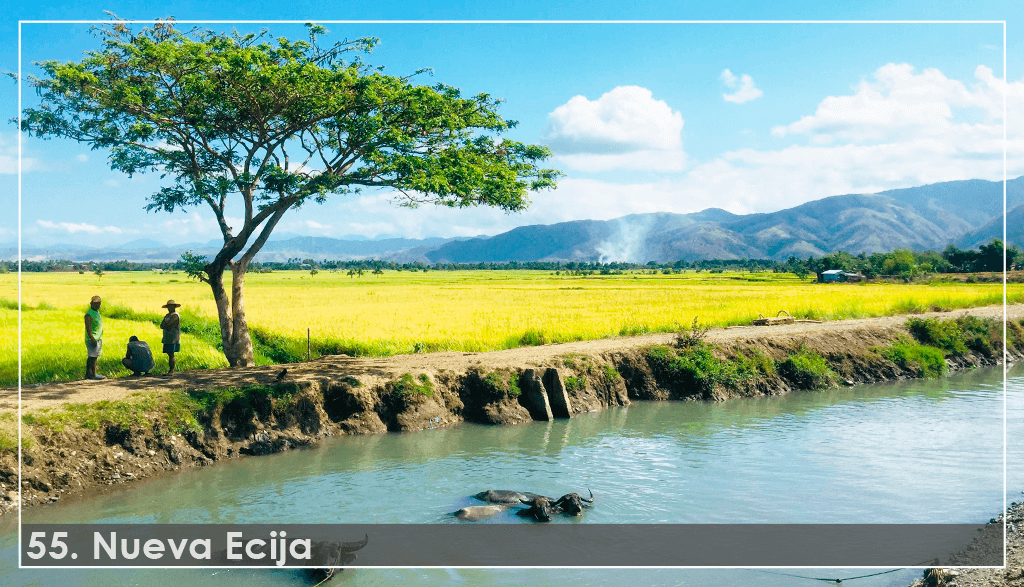
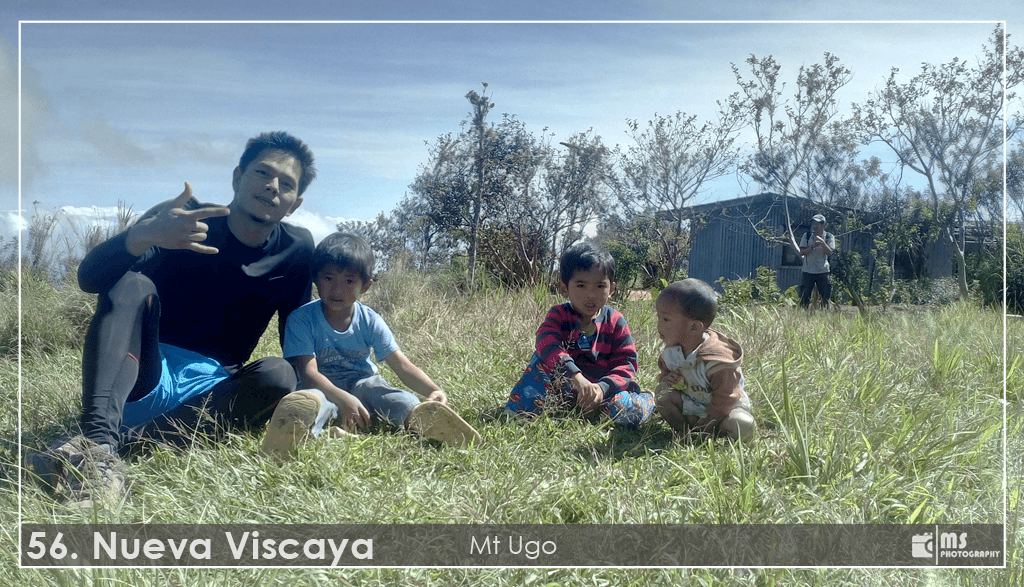
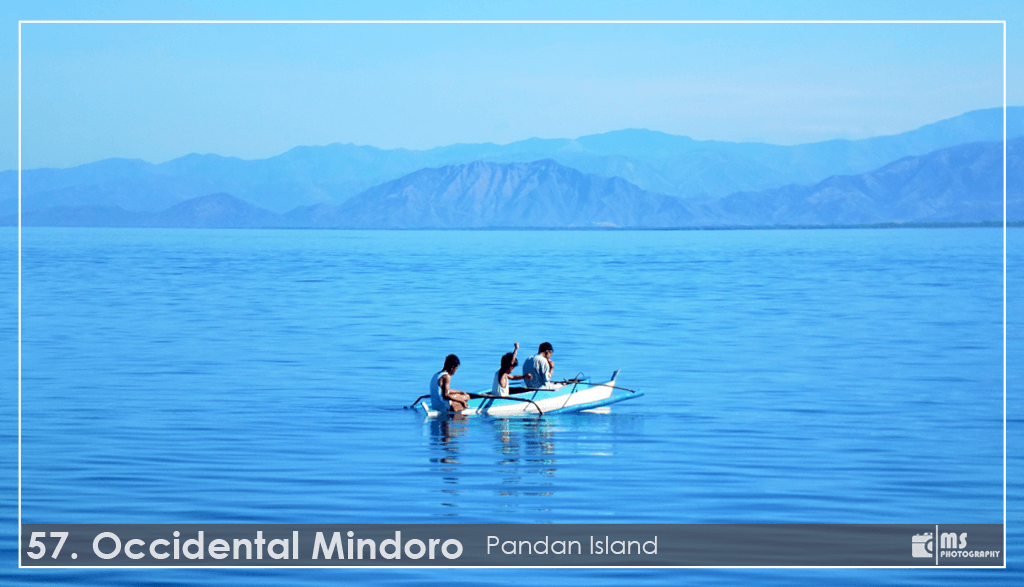
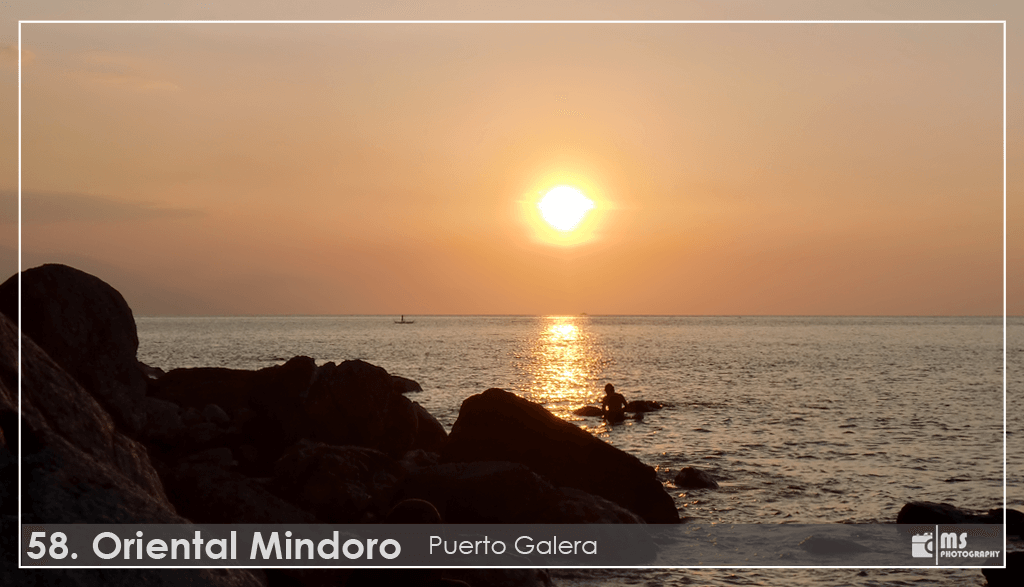
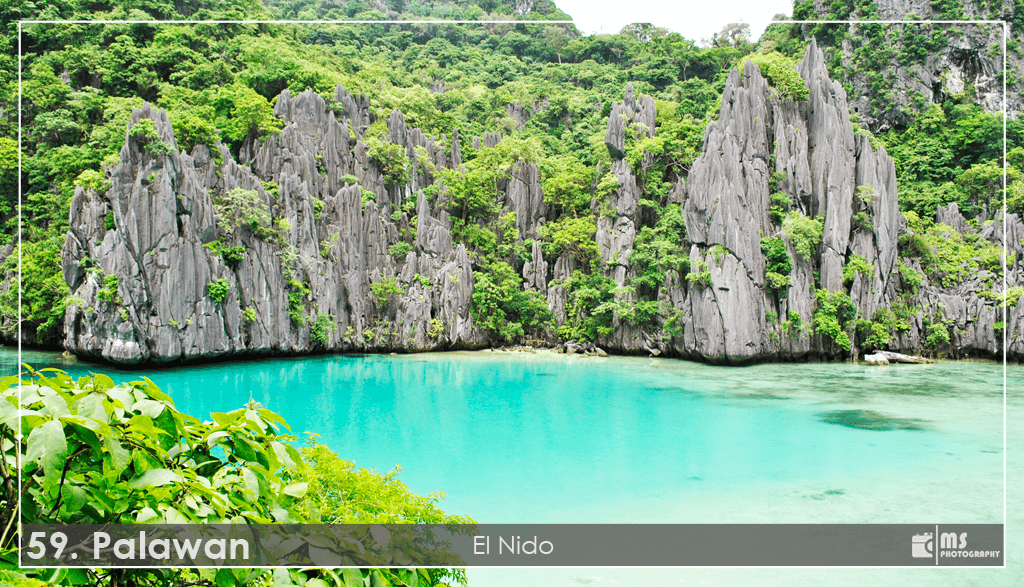
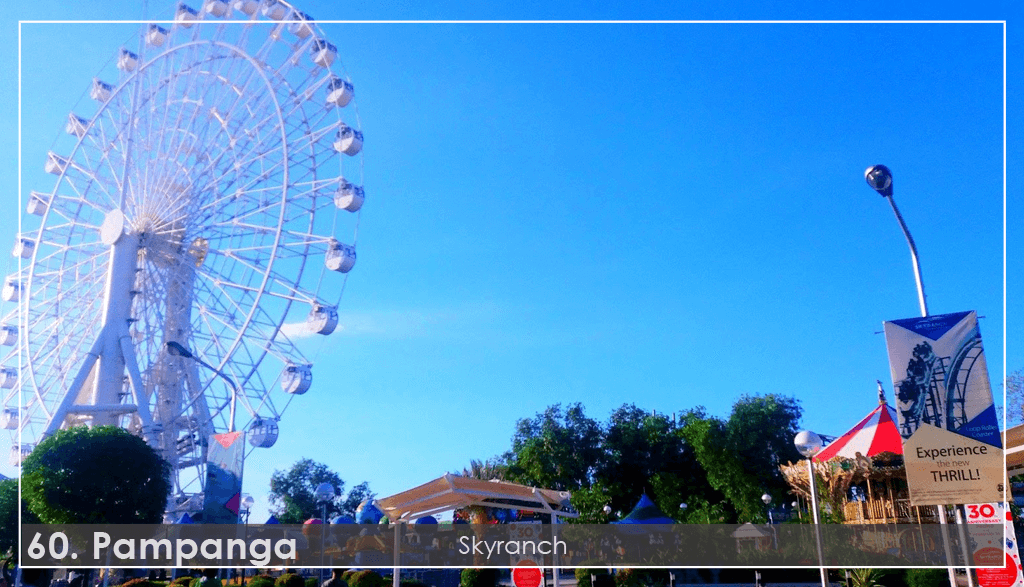

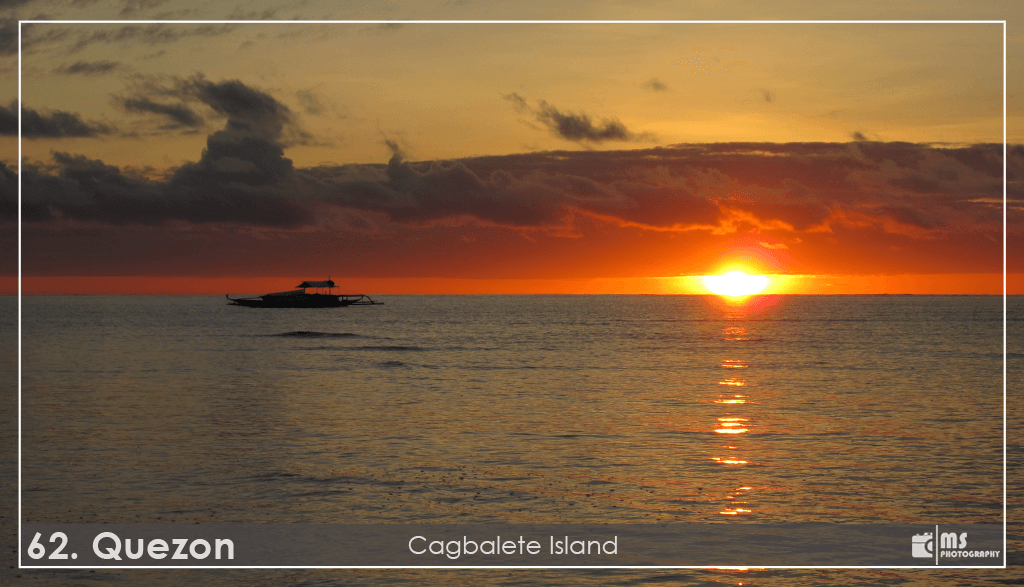
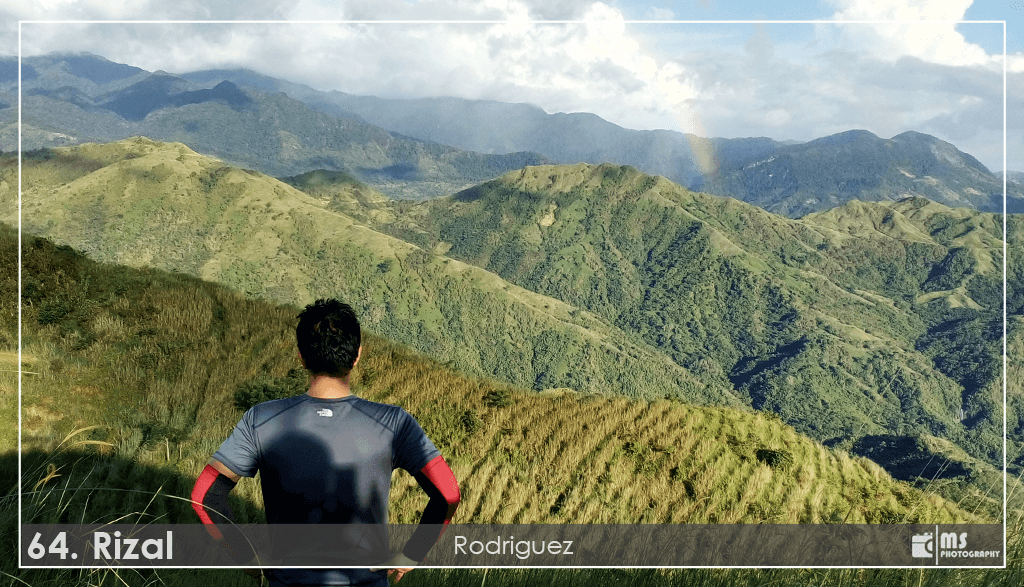
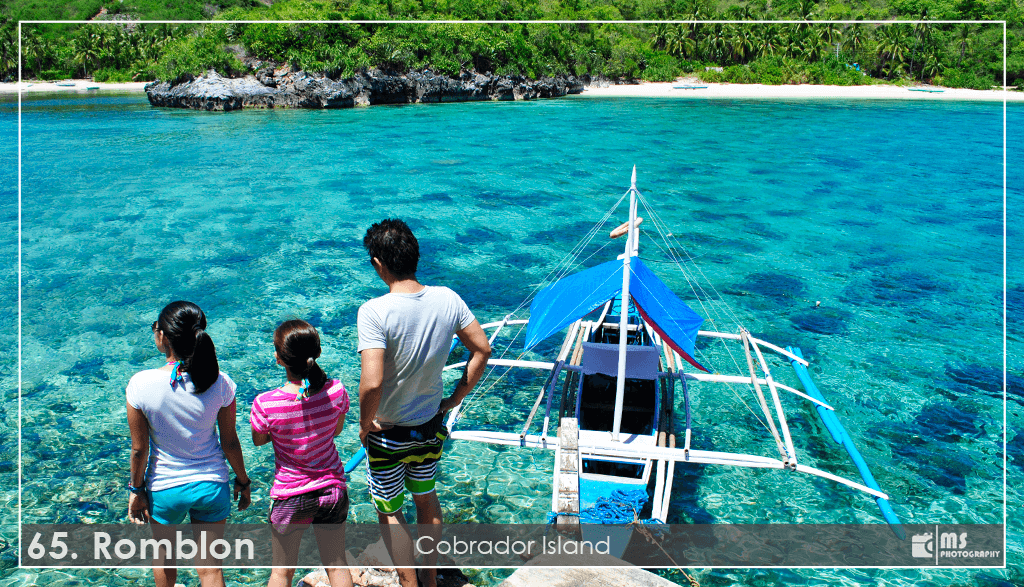
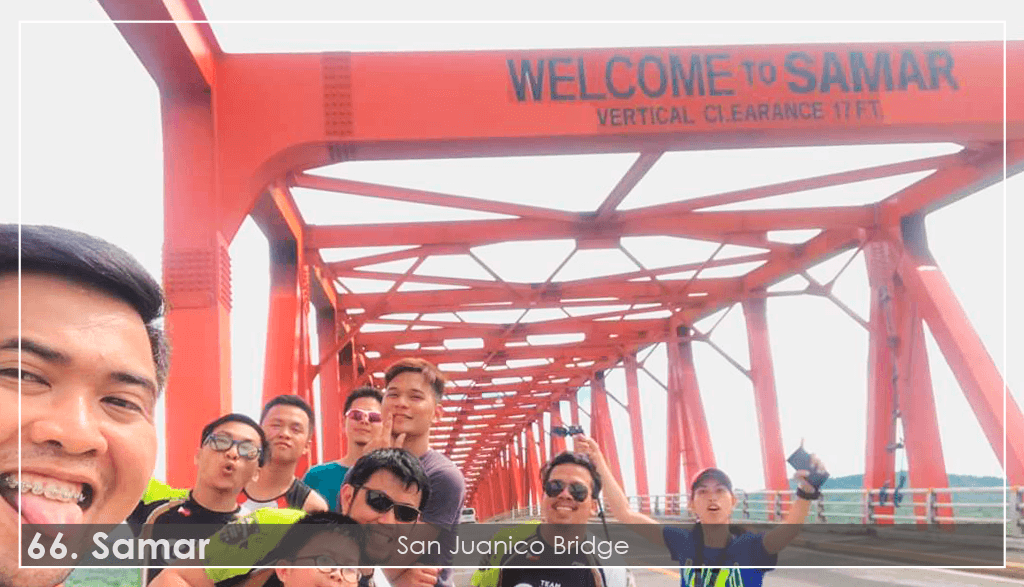
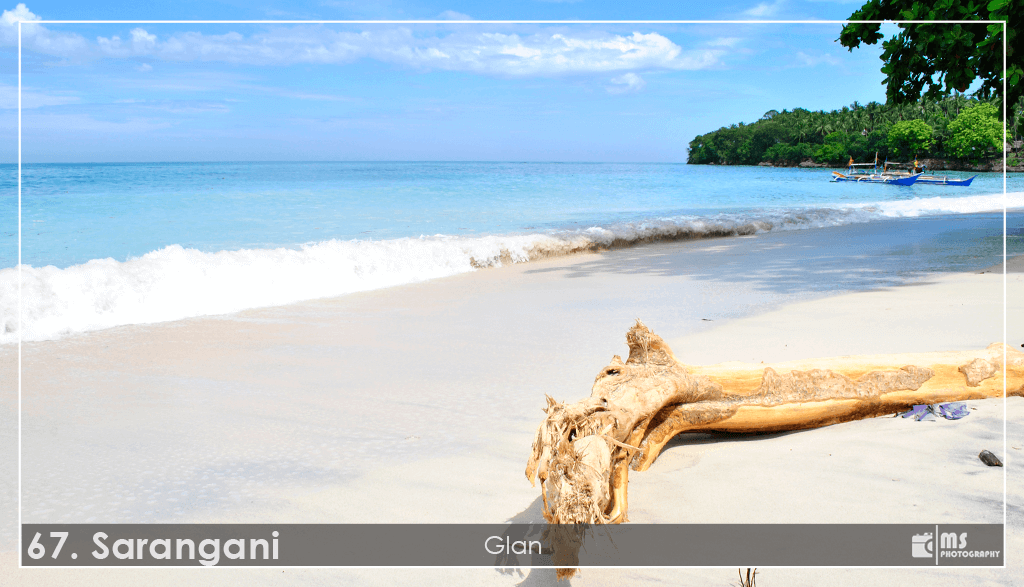


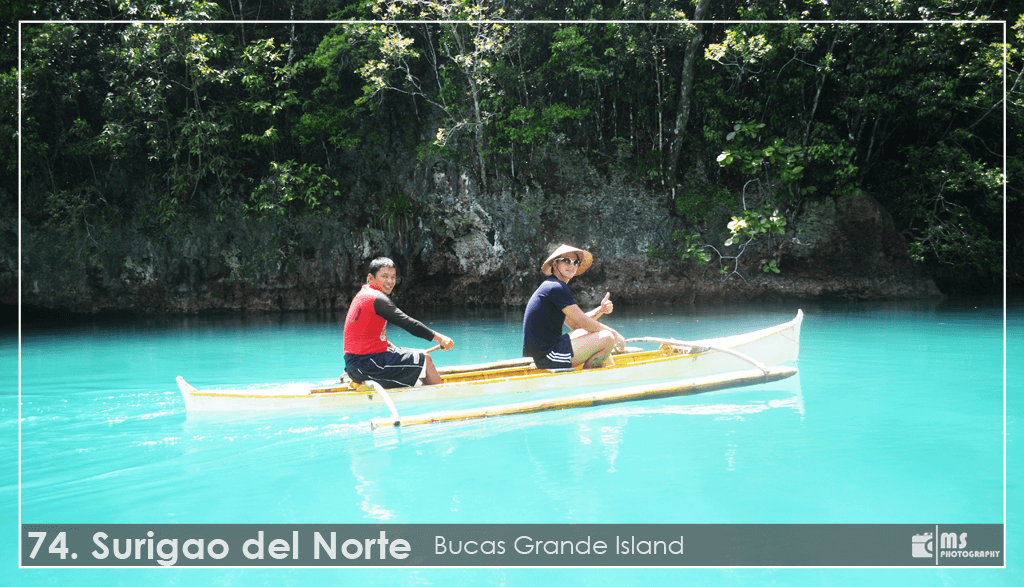

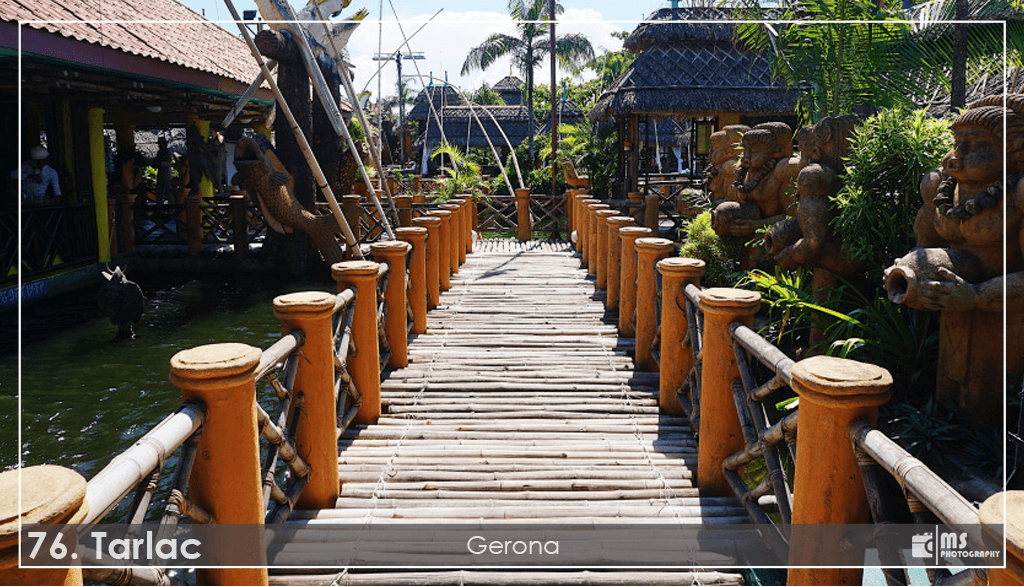
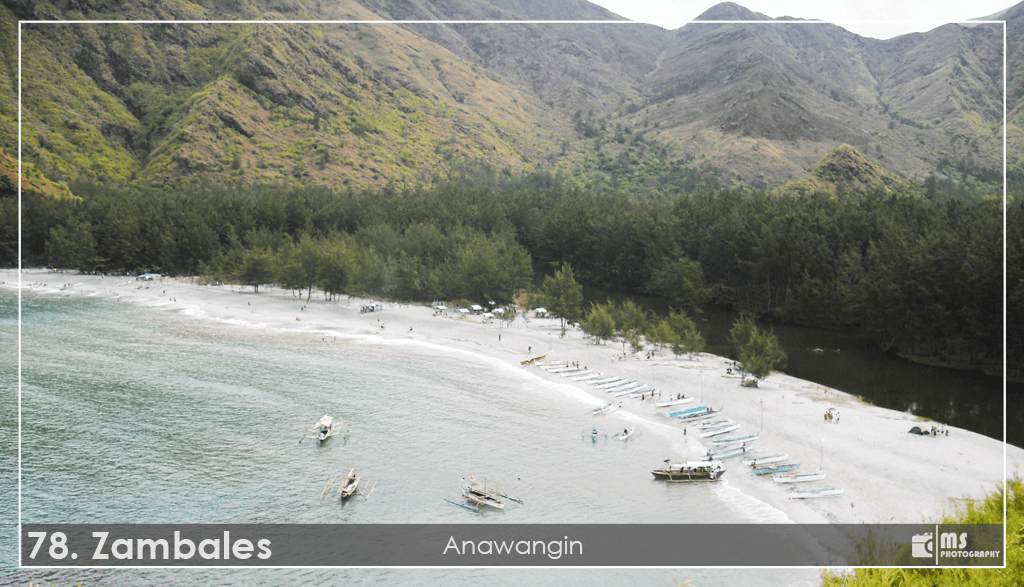
✗ 1. Abra
✗ 2. Agusan del Norte
✗ 3. Agusan del Sur
✓ 4. Aklan
✓ 5. Albay
✗ 6. Antique
✓ 7. Apayao
✓ 8. Aurora
✗ 9. Basilan
✓ 10. Bataan
✓ 11. Batanes
✓ 12. Batangas
✓ 13. Benguet
✗ 14. Biliran
✓ 15. Bohol
✗ 16. Bukidnon
✓ 17. Bulacan
✓ 18. Cagayan
✓ 19. Camarines Norte
✓ 20. Camarines Sur
✓ 21. Camiguin
✗ 22 .Capiz
✗ 23. Catanduanes
✓ 24. Cavite
✓ 25. Cebu
✓ 26. Cotabato
✗ 27. Davao de Oro
✓ 28. Davao del Norte
✓ 29. Davao del Sur
✗ 30. Davao Occidental
✗ 31. Davao Oriental
✗ 32. Dinagat Islands
✗ 33. Eastern Samar
✗ 34. Guimaras
✓ 35. Ifugao
✓ 36. Ilocos Norte
✓ 37. Ilocos Sur
✗ 38. Iloilo
✓ 39. Isabela
✓ 40. Kalinga
✓ 41. La Union
✓ 42. Laguna
✓ 43. Lanao del Norte
✗ 44. Lanao del Sur
✓ 45. Leyte
✗ 46. Maguindanao
✗ 47. Marinduque
✓ 48. Masbate
✗ 49. Misamis Occidental
✓ 50. Misamis Oriental
✓ 51. Mountain Province
✗ 52. Negros Occidental
✓ 53. Negros Oriental
✗ 54. Northern Samar
✓ 55. Nueva Ecija
✓ 56. Nueva Vizcaya
✓ 57. Occidental Mindoro
✓ 58. Oriental Mindoro
✓ 59. Palawan
✓ 60. Pampanga
✓ 61. Pangasinan
✓ 62. Quezon
✗ 63. Quirino
✓ 64. Rizal
✓ 65. Romblon
✓ 66. Samar
✓ 67. Sarangani
✓ 68. Siquijor
✓ 69. Sorsogon
✗ 70. South Cotabato
✗ 71. Southern Leyte
✗ 72. Sultan Kudarat
✗ 73. Sulu
✓ 74. Surigaodel Norte
✓ 75. Surigaodel Sur
✓ 76. Tarlac
✗ 77. Tawi-Tawi
✓ 78. Zambales
✗ 79. Zamboangadel Norte
✗ 80. Zamboangadel Sur
✗ 81. Zamboanga Sibugay
Philippines – The Land of Contrasts
The differences in the Philippines are striking, from the crowded urban areas to the beautiful, verdant jungles. The nation, which consists of more than 7,000 islands, has a remarkably diverse population of people.
Its long history of Spanish colonialism and other European nations’ colonization has left its impact on Filipino culture. More than 100 different indigenous tribes with their own own languages, rituals, and traditions reside there as well.
This is a place where cutting-edge technology coexists with ancient rites, where luxury hotels are located next to bamboo huts, and where individuals are equally likely to wear jeans and T-shirts as they are traditional ikat or barong clothing. In this country, even the tiniest town has its own distinctive features, and regional customs are entwined with well-established customs from other nations.
The Geography of the Philippines
There are 7,107 islands in the Philippine archipelago. Geographically speaking, the nation occupies Southeast Asia and has a total land area of 300,000 square kilometers.
There are 7,107 islands in the Philippine archipelago. It is in Southeast Asia and covers a total land area of 300,000 square kilometers.
Southeast Asia’s archipelago includes the Philippines. It has a total land area of 118,000 square kilometers and 7,107 islands.
The nation is geographically split into the three primary regions of Luzon, Visayas, and Mindanao. There are 17 administrative areas in the nation, with Manila serving as its capital.
What is Life Like in the Provinces?
Philippines provinces have a wide range of cultural and lifestyle traditions. They are different from one another, yet they all have a unique charm of their own.
Philippines provinces have a wide range of cultural and lifestyle traditions. They are different from one another, yet they all have a unique charm of their own.
Due to their culture and heritage, residents in the southern Tagalog region lead a traditional lifestyle that is distinct from that of residents of other provinces. The main distinction is that they speak Tagalog, which is not the language of most other Filipinos.
In the Philippines, the provinces are frequently disregarded. They are perceived as the rural areas that individuals must cross in order to reach a more developed location. But that’s not the case. These provinces have a thriving culture and history that shouldn’t be disregarded.
The Southern Tagalog area of the Philippines is home to numerous provinces. These provinces are all interesting to explore since they each have their own cultures and history.






